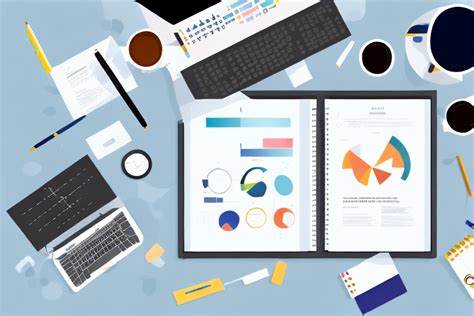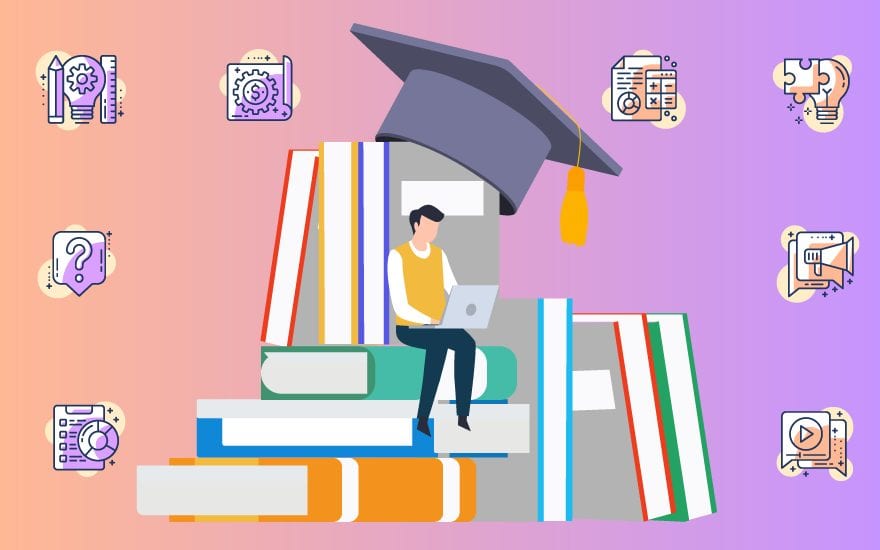In today’s fast-paced world, managing study materials efficiently is a crucial skill for students, professionals, and lifelong learners alike. With the overwhelming availability of books, online resources, notes, and videos, it’s easy to get lost. Poor organisation can lead to wasted time, stress, and reduced productivity. But the good news is, managing study materials the right way can significantly improve focus, retention, and academic performance.
This blog will guide you through the most effective ways to manage your study materials, whether you’re in school, college, or pursuing personal learning goals.

1. Start with Decluttering
The first step in managing study materials is decluttering. It’s common to hold on to old handouts, duplicated notes, or irrelevant books “just in case.” However, clutter makes it hard to find what you need.
Take time to go through your study space—physical and digital—and remove anything outdated or unnecessary. You can donate old textbooks, recycle printed notes, or organise them in a long-term archive if you might need them later.
Tip: Keep only what you regularly use or will need shortly.
2. Categorise Your Materials
Once you’ve decluttered, categorise your materials by subject or topic. For example, if you’re studying science, separate your biology, physics, and chemistry resources. Within each subject, you can further divide your materials into types—textbooks, notes, question papers, digital content, etc.
This system works for both physical and digital materials. For digital files, create clearly labelled folders on your computer or cloud storage (like Google Drive or Dropbox).
Example:
- Folder: Math
- Sub-folder: Algebra
- Sub-folder: Geometry
- Sub-folder: Assignments
3. Use Digital Tools Wisely
Technology can be a great aid in managing study materials. Apps and software tools are available that can help you store, access, and even annotate your materials easily.
Recommended Tools:
- Evernote or Notion for note-taking and organising.
- Google Drive or OneDrive for cloud storage.
- Trello or Todoist for task tracking and planning.
- PDF Reader apps for highlighting and commenting on documents.
Using these tools not only helps you stay organised but also makes your materials accessible across devices. If your physical notes are too many, consider scanning them with apps like CamScanner or Adobe Scan.
4. Develop a Consistent Naming System
It might sound simple, but naming your files and folders properly can save hours. Use clear, consistent naming conventions that make it easy to locate materials later.
Examples:
- “Physics_Chapter4_Motion_Notes.pdf”
- “History_WorldWar2_Assignment.docx”
Avoid vague names like “doc1” or “notes123”, which can become confusing over time.
5. Create a Master Index or Study Dashboard
A master index is like a table of contents for all your study materials. It could be a document, spreadsheet, or dashboard that lists all your subjects and the resources you have for each one.
You can link your digital files directly from the spreadsheet or add tags if you’re using an app like Notion. This makes it easier to jump into a topic without searching through multiple folders.
6. Schedule Regular Reviews
Organising your materials isn’t a one-time job. Set aside time weekly or monthly to update your folders, remove outdated content, and review your master index. This helps you stay up-to-date and avoids last-minute chaos before exams or presentations.
During these reviews, also identify gaps in your materials. Are you missing a key topic? Do you need more practice papers?
7. Highlight and Annotate Effectively
If you’re managing printed books or PDFS, highlighting and annotating can help you retain and revise better. But moderation is key—too much highlighting can become distracting.
Try using a colour code:
- Yellow for definitions
- Green, for example
- Blue for formulas
Annotation helps your brain actively engage with the material, improving retention and understanding.
8. Integrate Visual Aids and Summaries
Many learners benefit from visual learning methods like mind maps, charts, and flashcards. Tools like MindMeister and Anki make it easy to convert lengthy notes into bite-sized, interactive content.
Creating your summaries or cheat sheets can also make revision quicker and more effective. Keep these handy and up-to-date as you cover more topics.
9. Sync with Your Study Schedule
Your material management should align with your study timetable. For instance, if your schedule says you’re studying History on Tuesdays, ensure your history resources are easy to access.
Using a planner (digital or paper-based) to link specific materials to your study slots creates a smooth workflow and saves time.
10. Back Up Your Data
Losing study materials right before an exam can be a nightmare. Always back up your digital content on cloud storage and, if possible, on an external hard drive. For physical notes, keep scanned copies if they’re important.
Consider using apps that auto-sync and back up your data to avoid manual effort.
11. Practice Minimalism
You don’t need every book or every PDF on a subject. Choose the best 2–3 resources per subject and stick to them unless additional clarification is needed. Too many sources can lead to confusion and reduce focus.
Consult teachers, mentors, or trusted websites to identify which materials are high-quality and reliable.
12. Share and Collaborate
Studying doesn’t have to be a solo journey. Join study groups or online forums where you can exchange materials, notes, and ideas. Tools like Google Docs or Slack can be great for collaborative study and keeping track of shared content.
Be sure to cross-check shared materials for accuracy before relying on them for exams.
Conclusion
The right way to manage study materials involves more than just organising books or files. It’s about creating a system that helps you stay focused, access the right resources quickly, and avoid information overload. By decluttering, categorising, using digital tools, and regularly reviewing your materials, you’ll be able to study smarter, not harder.
Effective material management is a life skill that pays off in both academic and professional settings. Start small, be consistent, and adapt the system that works best for your learning style.
Right Ways of Creating effective Digital Flashcards – Why Flashcards?
References
- Dunlosky, J., Rawson, K. A., Marsh, E. J., Nathan, M. J., & Willingham, D. T. (2013). Improving Students’ Learning With Effective Learning Techniques: Promising Directions From Cognitive and Educational Psychology. Psychological Science in the Public Interest, 14(1), 4–58. https://doi.org/10.1177/1529100612453266
- Roediger, H. L., & Butler, A. C. (2011). The Critical Role of Retrieval Practice in Long-Term Retention. Trends in Cognitive Sciences, 15(1), 20–27. https://doi.org/10.1016/j.tics.2010.09.003
- Oxford Learning. (2022). The Benefits of Study Groups. https://www.oxfordlearning.com/benefits-of-study-groups/
- Notion – Productivity tool for students. https://www.notion.so
- Evernote – Note-taking and organising app. https://www.evernote.com

